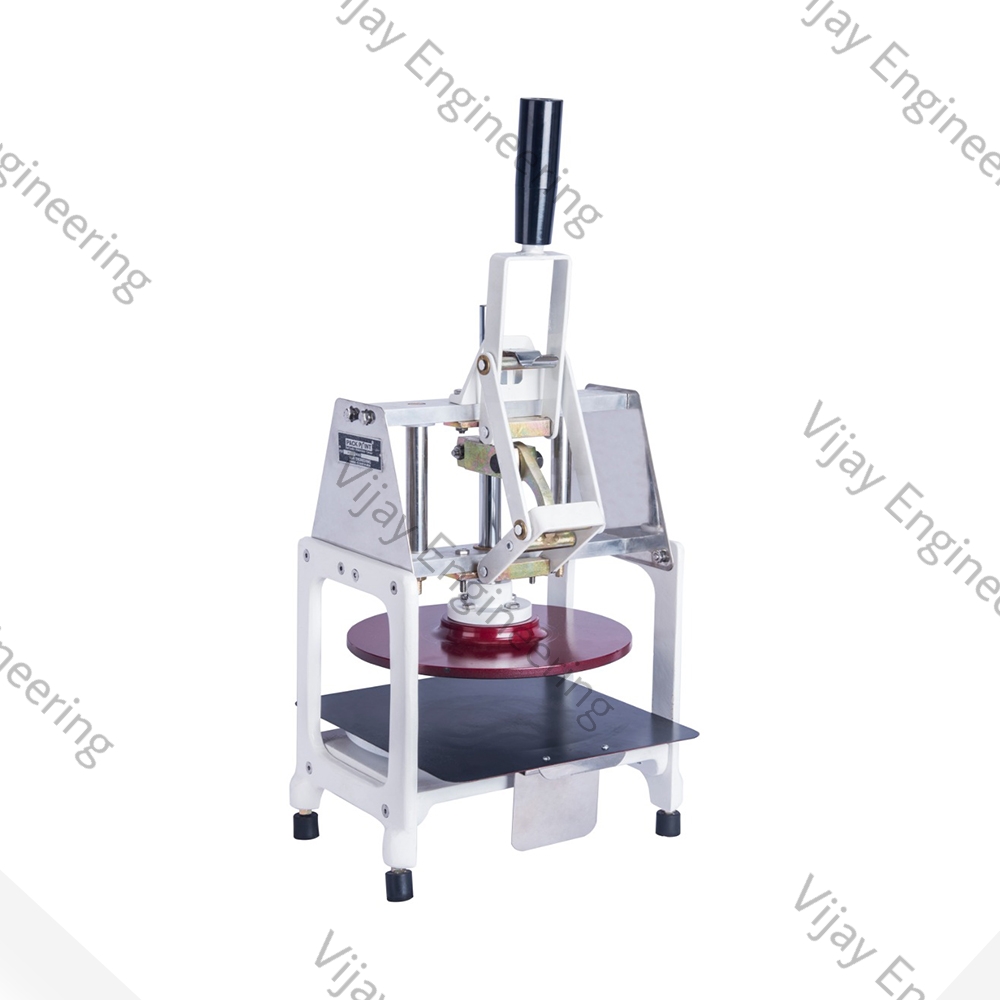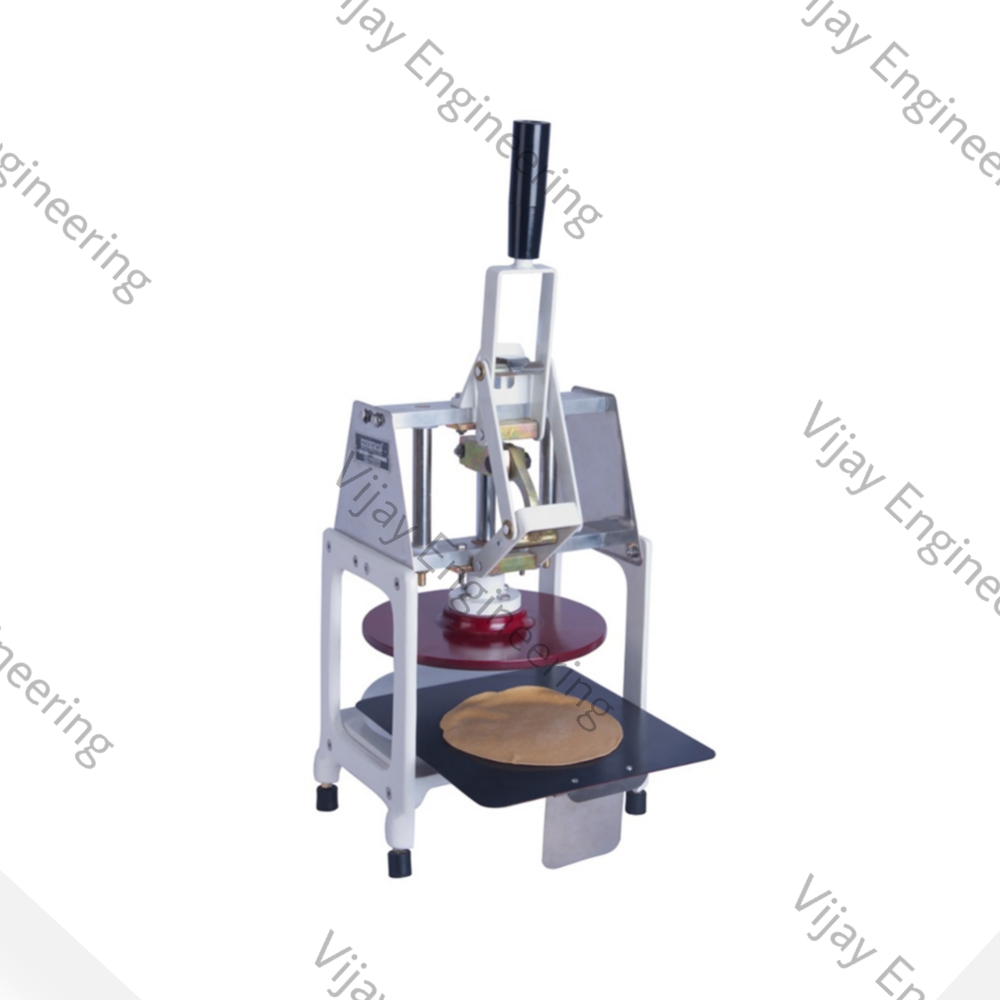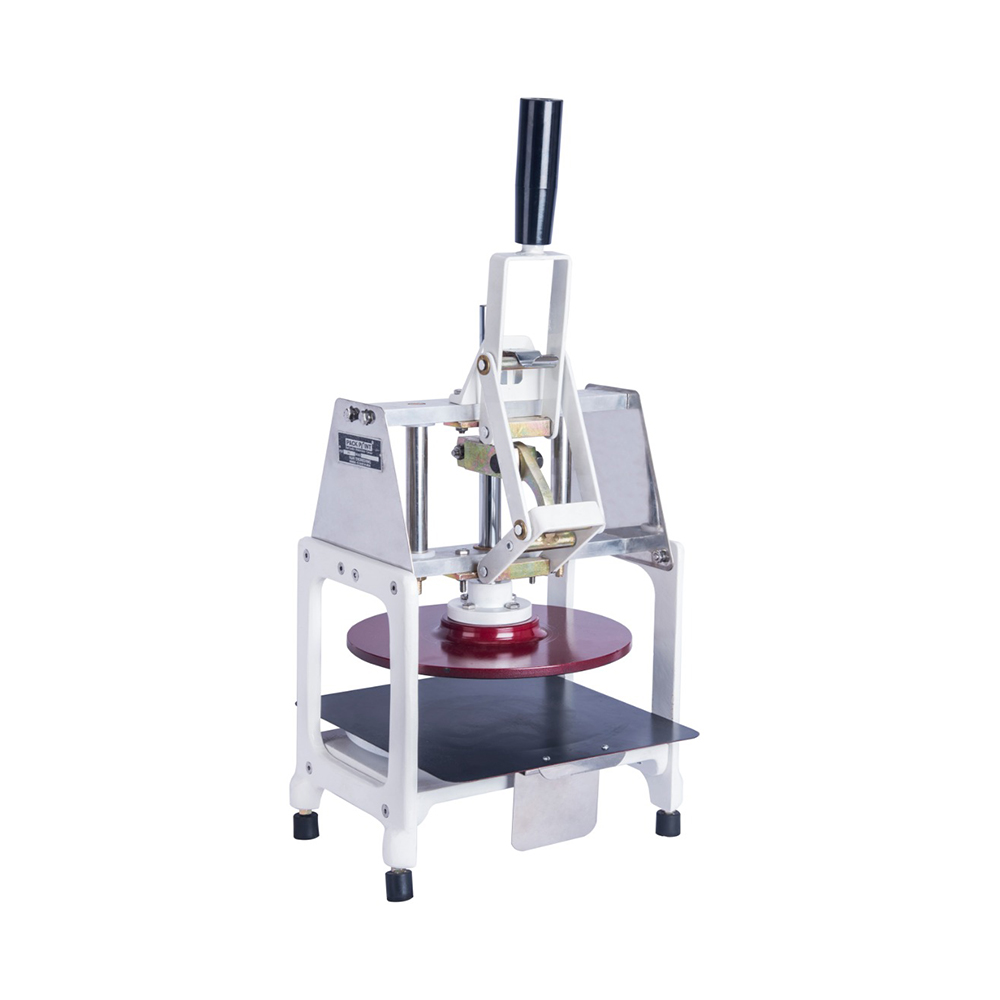No products in the cart.
Chapati Hand Press Machine, Chapati Making Machine, Chapati Pressing Machine With Tawa Puffer, Fully Automatic Chapati Making Machine, Regular Chapati Making Machine
Compare
Chapati Roti Hand Press Machine Price – Without Electricity
We bring Chapati Hand Press Machine that simplifies the chapatti-making process significantly.
First Time Without Electricity Running Hand Press Chapati Making Machines for industrial & Home purposes.
Vijay Engineering Brand Hand Press Chapati Making Machines. Easy Operating System. Law Maintenance. Smooth Working Condition. More Profit more Business. India’s No.1 Best Quality Performance Machine.
- Ease of use: Roti-making machines are typically user-friendly and easy to operate. They often come with simple controls and instructions, making them convenient for anyone to use, even if they have limited experience in making rotis.
- Labor-saving: Making rotis manually can be physically demanding, especially if you need to make a large batch. A roti-making machine reduces the amount of manual labor required. You only need to prepare the dough and place it in the device, which takes care of the rest.
- Versatility: Some roti-making machines offer additional features and settings, allowing you to adjust the thickness of the rotis or make other types of flatbreads, such as parathas or puris. This versatility adds to the convenience and flexibility of the machine.These Machines have Various types of Products products Like Chapati, Puri, Chaval ki Papadi, Jawar Bhakri, Thepla, Rotla, Parotha, and Papad All Types of Products in One Machine
₹19000.00 ₹20000.00
# Without Electricity Roti Maker Machine #Best Quality + Performance + Service
#More Benefit # More Profit # Save Time Labour Money.
Chapati Roti Hand Press Machine Price – Without Electricity
Technical Specification :
Model: PP 01 Royal
Size of machine : 10″ x 10″ x 20″
Weight: 11 Kg. Appx.
Power Consumption: Without Electricity
Royal Type: Manual
Production: 300/ 400
Material: MS Powder Coated & SS Type
Warranty: 2 Years
Application: Hotel, Restaurant, Catering Service, Tiffin Service, Bhojnalaya Small Laghu Gruh Udyog, NGO, Corporate Canteen.
Roti Product Information best site Visit : https://hi.wikipedia.org/wiki/%E0%A4%B0%E0%A5%8B%E0%A4%9F%E0%A5%80
Our other Chapati Machine Model Visit : https://vijayengineerings.com/product/fully-automatic-roti-maker/
A Roti Machine can offer several benefits:
- Time-saving: Making roti (Indian flatbread) by hand can be time-consuming, especially if you’re making a large quantity. A roti machine automates the process, significantly reducing the time and effort required.
- Consistency: Roti machines produce uniformly shaped and cooked rotis, ensuring consistency in texture and taste. This is particularly beneficial for commercial settings like restaurants or catering services.
- Ease of use: Roti machines are designed to be user-friendly, requiring minimal skill or supervision to operate. This makes them accessible to anyone, regardless of their culinary expertise.
- Efficiency: With a roti machine, you can produce a large number of rotis quickly and efficiently, making it ideal for busy households or commercial kitchens where speed is essential.
- Customization: Some roti machines offer options for adjusting the thickness and diameter of the rotis, allowing users to customize them according to their preferences.
- Hygiene: Roti machines often come with features that ensure hygiene and cleanliness during the roti-making process, which can be particularly important in commercial kitchens where food safety standards are paramount.
- Roti Product some Important Information :
- Ingredients: Roti dough typically consists of whole wheat flour (atta), water, and a pinch of salt. Sometimes a small amount of oil or ghee (clarified butter) is added to the dough to enhance flavor and texture.
- Preparation: To make roti, the flour is kneaded into a soft dough with water and salt. Small balls of dough are then rolled out into thin circles using a rolling pin and cooked on a hot griddle or tawa. The roti is flipped and cooked on both sides until it puffs up and develops brown spots.
- Nutritional Value: Roti is a nutritious food, especially when made from whole wheat flour. It’s rich in carbohydrates, fiber, and essential nutrients like B vitamins and minerals. Since it’s typically unleavened and made with whole wheat flour, roti is lower in calories and has a lower glycemic index compared to other types of bread.
- Variations: While the basic recipe for roti remains the same, there are many regional variations and ways to customize it. For example, some people add spices like cumin or ajwain (carom seeds) to the dough for added flavor. In some regions, roti is made with a mixture of whole wheat and other grains like millet or sorghum for added nutritional benefits.
- Serving Suggestions: Roti is incredibly versatile and can be served with a wide range of dishes. It pairs well with curries, stews, lentils, vegetables, and meats. It can also be used to make wraps, sandwiches, or as a base for toppings like cheese and vegetables.
- Storage: Roti is best enjoyed fresh and warm off the griddle. However, any leftovers can be stored in an airtight container and refrigerated for a few days. Reheat the roti in a microwave or on a hot skillet before serving to maintain its soft texture.
| Weight | 14 kg |
|---|










admin –
I Like Roti Maker Machine. it’s a very easy operating system. Beautiful Product. Thank you.
admin –